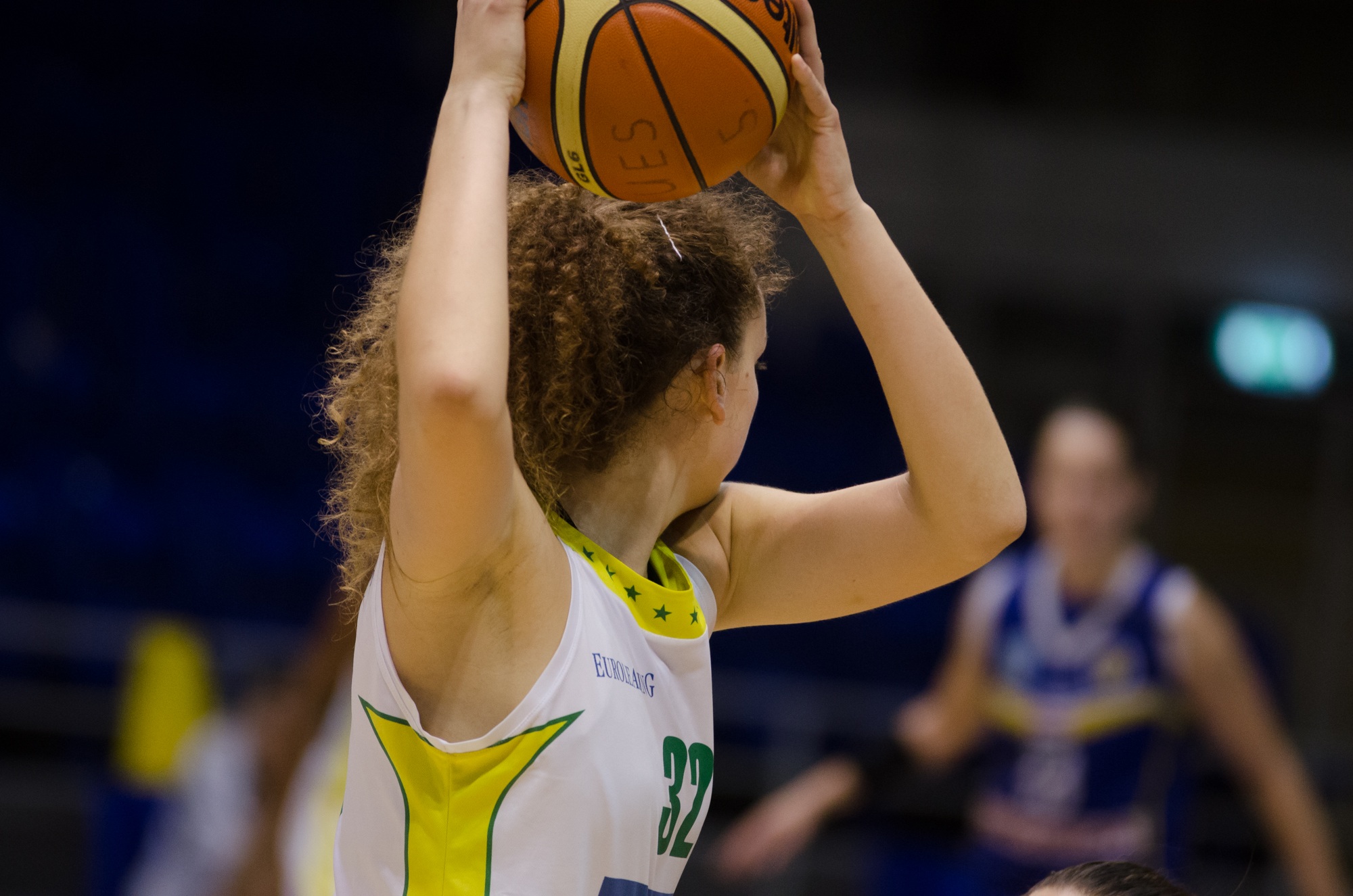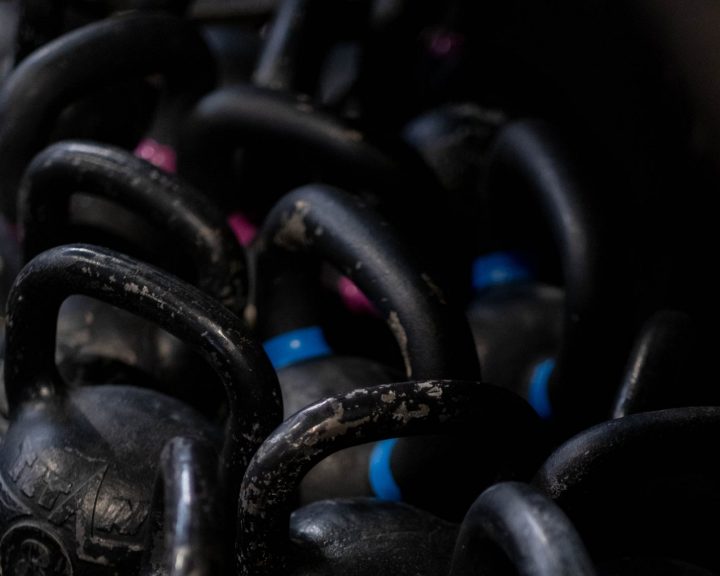The muscles and ligaments located below the knee are very important to train as these areas are frequently injured by athletes who engage in sprinting or explosive changes of direction. The two major injuries seen are shin splints and ankle sprains.
Shin splints are an overuse injury that develops around the tibia. The literature does not have a consensus about which muscles and/or structures are actually injured during shin splints. As with a lot of overuse injuries, this begins with pain that occurs at the beginning of an activity. In the beginning phases of the injury, the pain goes away as the athlete gets warmed up. As the injury becomes more severe, the pain does not go away. Eventually there will be pain even when there is no activity.
Shin splints are thought to be caused by a number of factors. These include improper footwear, the running surface (with concrete and turf being the worst surfaces), genetic predisposition, and sudden changes in volume and/or intensity.
With the ankle, the most common injury seen is a sprain (i.e. the ligament is stretched too far) to the outside of the ankle. This is usually caused by improper landing, contact, or stepping in something. Mild sprains can be taped up but will limit an athlete’s ability to change direction quickly. More severe strains cannot be trained through and will sit the athlete out.
Training the muscles and ligaments of the lower extremity can help prevent shin splints and could possibly minimize the severity of ankle injuries. Future posts will describe some of the exercises and will include sample workouts. Right now we’ll say that this can done via a number of ways:
• Strength training: traditional calf exercises help to strengthen this region if they are done through a full range-of-motion (i.e. all the way up, all the way down).
• Shin splint prevention drills: there is a whole class of exercises used by distance runners to help train the muscles and structures of the foot and lower leg.
• Stability exercises: exercises performed on one leg, or on an unstable surface help to train the muscles and structures of the foot and lower leg.
• Low intensity plyometrics: simple hops and jumps that focus around the ankle are also effective exercises at training this region.
The next post will cover some samples of exercises.



